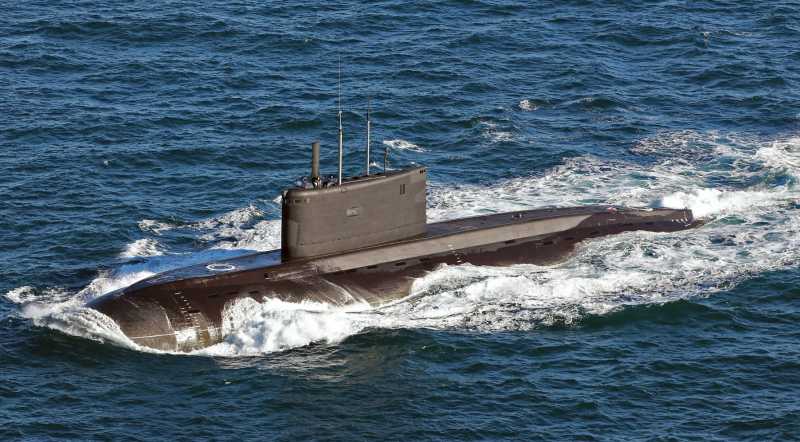Kilo-class conventional submarines, known as "ocean black holes", are one of the most popular and famous conventional submarines in the international market in recent years. Our navy has also purchased and equipped several Kilo-class conventional submarines. Periscopes are called "eyes of submarines" and are very important technical equipment in submarines. This article will start with the introduction of the Kilo-class submarine periscopes and popularize the knowledge related to submarine periscopes.
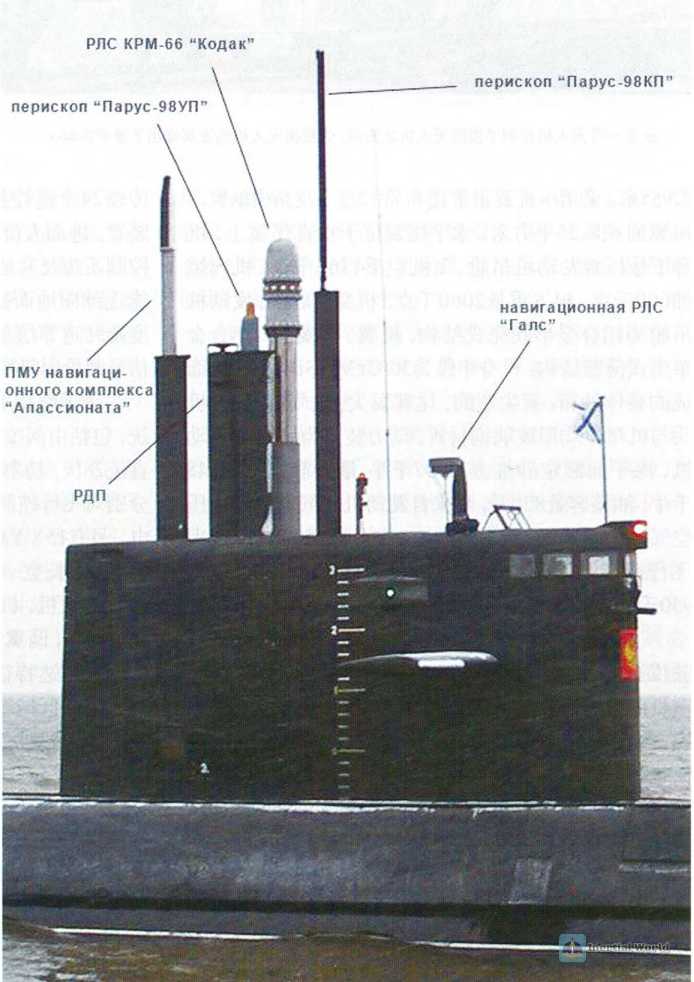
The periscope of the Kilo-class submarine is shown in the picture
This is a very interesting photo of a Russian-made Kilo-class 877 conventional-powered submarine using a periscope to view the optoelectronic equipment above its command tower hull.
The periscope used for observation is a PZKG-11 attack periscope for torpedo attack missions, and the optical instrument wrapped in a metal column in the center of the picture is a PZNG-8M search periscope used by submarines to search for targets. The spear-like object behind the periscope is a low-frequency radio antenna for surface communications, and the small parabolic antenna on one side is an MRK-50 air-to-sea search radar for warning and early warning.
The command tower of the Type 877 submarine is also equipped with a snorkel, a satellite communication antenna, a Type 6701 ring-shaped lateral antenna, and a set of MRP-25 electronic warfare and electronic support antennas. These devices are usually lowered and stored in the submarine command tower to reduce resistance and unnecessary collision and damage risks during diving, and are only raised when in use.
Among these devices, the one with the longest history is naturally the periscope. The traditional penetrating optical periscope has a history of more than 100 years since the birth of the submarine. The Type 877 submarine belongs to the early model of the "Kilo" class family. The periscope is not advanced, equivalent to the level of the optical periscope in the 1960s. The submarine uses two periscopes, a search periscope and an attack periscope, to complete the tasks of searching and attacking the enemy. The search periscope mainly searches with a wide angle of view, so it needs a relatively large field of view to quickly detect threats. Once a suspicious target is found, it is necessary to switch to the attack periscope with a small field of view but high magnification to observe carefully, and read various data required for the attack to prepare for a torpedo attack. Both periscopes were manufactured by Leningrad State Optical Factory (now Romon United Co., Ltd.) in the Soviet era. They have a caliber of 260 mm and use the sighting line dual-axis gyro stabilization technology on the head, which greatly improves the imaging quality and ranging accuracy. The two periscopes can be used together to search for surface targets and air targets from the water-sky to the zenith, determine the direction of the observed target and the azimuth of the measured target, calculate the target distance based on the known target height, provide the setting angle parameters for torpedo attacks, and shoot the target under visible light conditions.
Once a suspicious target is found, it is necessary to switch to the attack periscope with a small field of view but high magnification to observe carefully, and read various data required for the attack to prepare for a torpedo attack. Both periscopes were manufactured by the Leningrad State Optical Factory (now Romon United Co., Ltd.) in the Soviet era. The caliber is 260 mm, and the head adopts the aiming line dual-axis gyro stabilization technology, which greatly improves the imaging quality and ranging accuracy. The two periscopes are used together to search for surface targets and air targets from the water antenna to the zenith, determine the direction of the observed target and the azimuth of the measured target, calculate the target distance according to the known target height, provide the setting angle parameters for the torpedo attack, and shoot the target under visible light conditions.
However, with the increase in the detection distance of sonar and other hydroacoustic equipment, the solution of underwater deep-depth torpedo launching technology, and the installation of beyond-visual-range weapons such as submarine-launched missiles on board, the underwater engagement distance of submarines has been greatly extended, and the importance of periscopes as the main external observation and aiming equipment of submarines is gradually declining. At the same time, the traditional penetrating optical periscope is manufactured based on the principle of optical imaging. The long image transmission mast extends from the outside of the boat to the command cabin, resulting in a large number of masts and cramped space inside the boat. The captain must also hold the periscope eyepiece to observe the target and analyze, evaluate, judge and make decisions. The efficiency is very low and it is difficult to meet the current fast-paced combat situation.
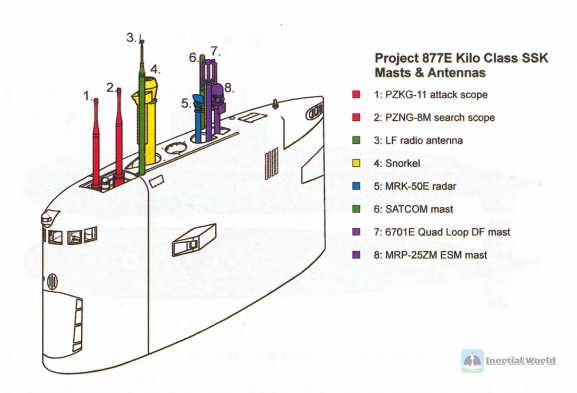
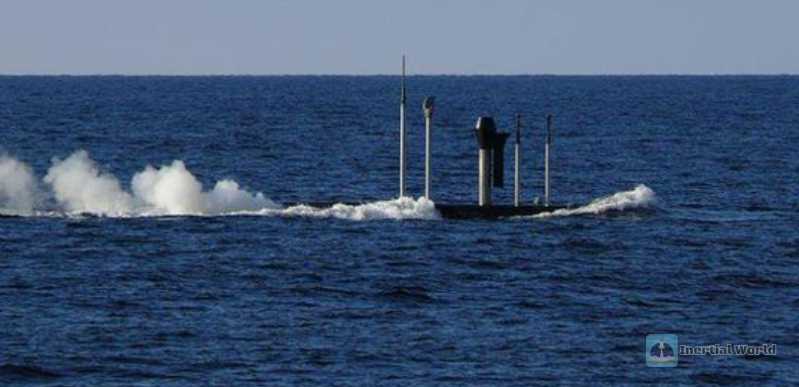
Along with the development of new technologies in the field of optoelectronics, automatic control technology, computer technology and other modern high-tech technologies, the non-penetrating pressure-resistant shell integrated optoelectronic mast with optoelectronic periscope as the core came into being. The optoelectronic mast uses infrared thermal imager and high-definition TV camera as the main observation imaging sensor, replacing the traditional optical imaging system. The image is transmitted to the boat by optical fiber, which fundamentally overcomes the structural disadvantages of the traditional periscope. The relevant image information is displayed on a large-size display after high-speed computer scanning and video image enhancement, and can perform automatic threat assessment, greatly improving combat efficiency. In addition, the new generation of optoelectronic masts also integrate satellite navigation systems, radar detection systems, radio receiving systems, etc. Together, the situation of numerous masts on the submarine command tower has been greatly improved.
For example, Russia has adopted the PARUS-98 integrated optoelectronic mast on the new generation "Kilo" class 633 port boat. This mast does not penetrate the hull and is installed entirely outside the submarine’s pressure hull. It has two optical windows for white light/low light/infrared observation, laser ranging and other functions. The observation magnification is 1.5~12 times, and the field of view is 10°~7.5°. There is also a GLONASS satellite navigation receiving antenna and an ESM electronic warfare antenna fairing on the top of the mast, and the comprehensive combat effectiveness is very high. Of course, Russian designers also left a traditional conventional attack periscope as a backup next to the submarine where the integrated optoelectronic mast is installed. When the optoelectronic mast fails, they can still rely on the mature and reliable traditional periscope for observation, so as not to Becoming a "blind man"
Beyond the periscope--submarine integrated imaging system
In the 1980s, due to the development of electronics, automation, computers, lasers, cameras, infrared and signal processing technologies, people had a new understanding of periscope technology. The application of optoelectronic masts on submarines is based on electronic imaging technology and is an advanced stage in the development of periscopes. If we take submarines as a whole concept and understand submarine imaging systems in a broad sense, then any sensor that can provide submarines with external real image information can be regarded as a component of the submarine integrated imaging sensor system, not limited to periscopes and optoelectronic masts. The means by which submarines obtain external image information have been greatly expanded. Submarine commanders can obtain submarine images in three dimensions and in real time not only from the water, but also from the air and underwater. Image information outside the submarine.
The submarine integrated imaging system provided by the air platform, the water platform and the underwater platform is a brand-new concept. It fundamentally solves the stealth problem of submarines and periscopes, greatly enhances the submarine’s air defense and anti-submarine capabilities, and at the same time makes the submarine an important part of the navy’s network-centric warfare through this system.
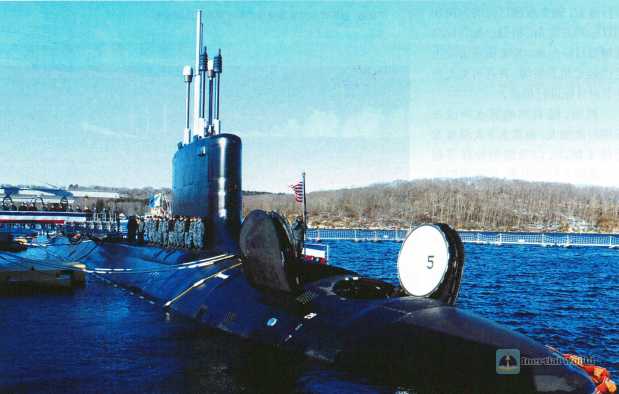
The concept of submarine imaging system should include the following three aspects: air sensors, including drones ② water sensors, including periscopes-panoramic periscopes, optoelectronic masts, submersible systems, snorkel camera monitoring systems, optoelectronic buoys, and periscopes on unmanned underwater vehicles ③ underwater sensors, including hull and shell camera television systems, virtual periscopes.
If we divide the platform of the submarine imaging system into two major parts: on-board and off-board, then the on-board imaging system includes periscopes/panoramic periscopes, optoelectronic masts-submersible systems. In addition to periscopes and optoelectronic masts, there are other special imaging systems installed on submarines, such as snorkel oscillator monitoring systems, hull and shell camera television systems, virtual periscope systems and other external imaging systems, including optoelectronic buoys, drones, and periscopes on unmanned underwater vehicles. From the overall technology of submarine imaging systems, the United States has the strongest development capabilities, while Russia, the United Kingdom, Germany, France, Japan, etc. are only developing part of them. The submarine imaging system research we are currently engaged in focuses on submarine periscopes, optoelectronic masts and optoelectronic buoys, and only involves a small part of the submarine optoelectronic imaging technology field.


